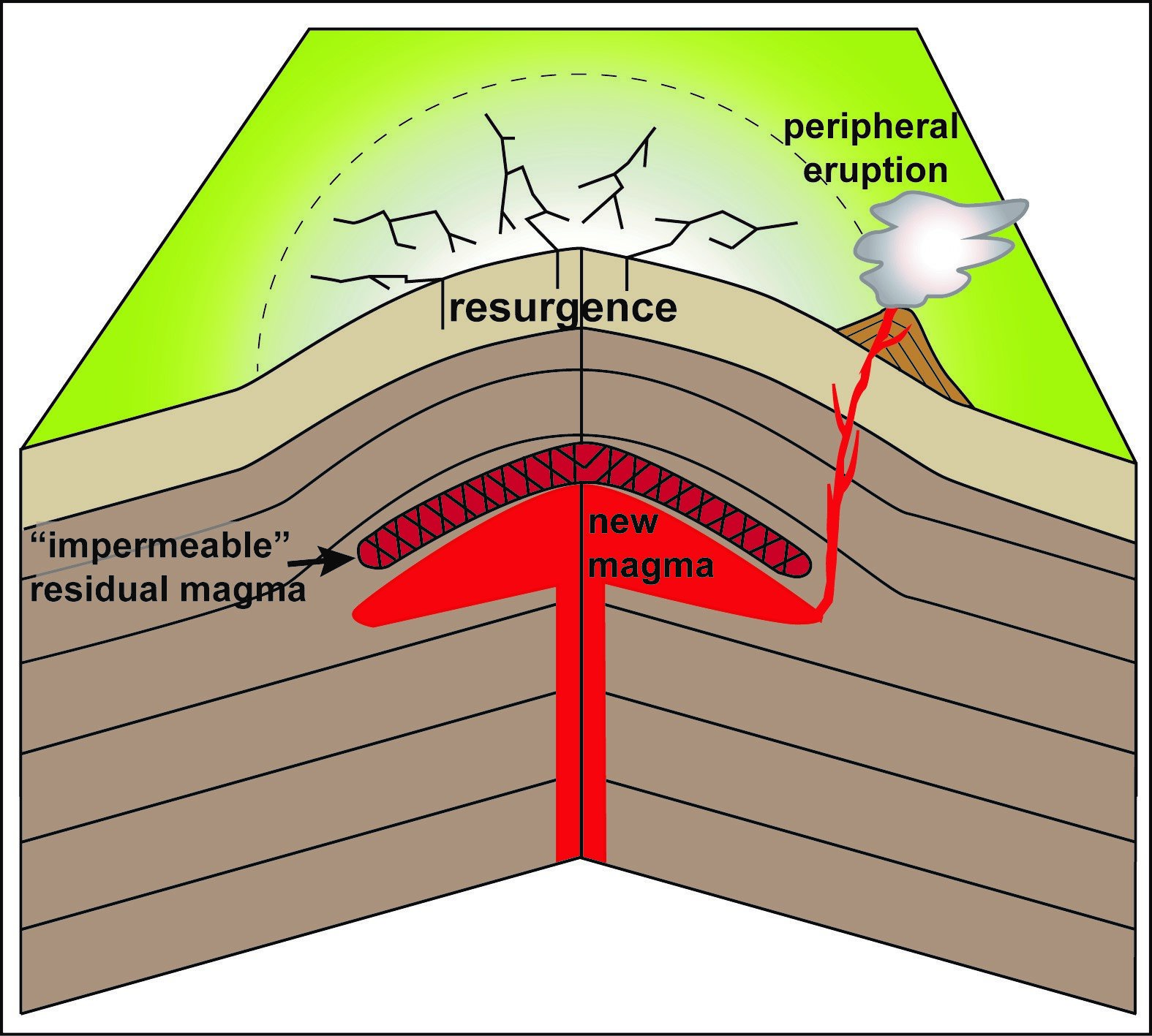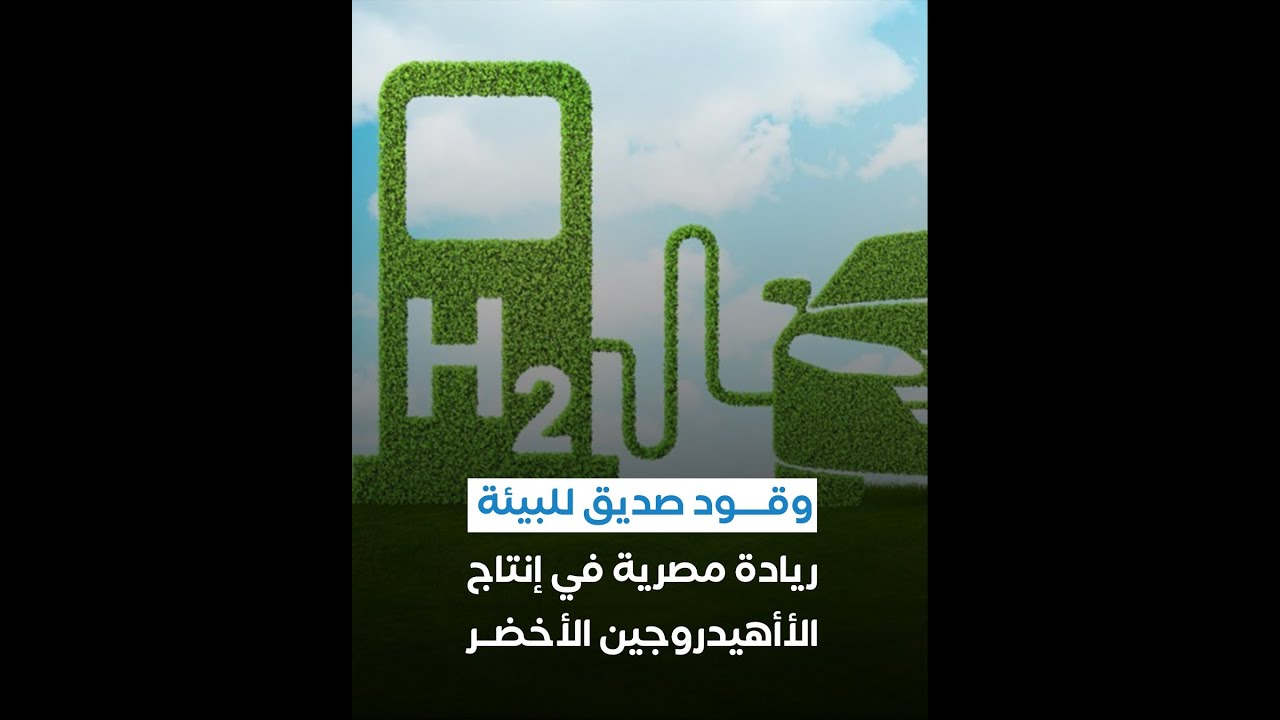Yellowstone's Magma Reservoir: Implications For Predicting Volcanic Activity

Table of Contents
The Size and Structure of Yellowstone's Magma Reservoir
Mapping the Reservoir
Mapping Yellowstone's magma reservoir is a significant scientific challenge. Researchers utilize a combination of advanced techniques, including seismic tomography, GPS measurements, and ground deformation monitoring, to create a three-dimensional image of this complex system. Seismic tomography uses seismic waves from earthquakes to infer the subsurface structure, revealing areas of molten rock. GPS stations strategically positioned throughout the park meticulously track even minuscule changes in ground elevation, providing insights into magma movement.
- Limitations of Current Mapping: The immense depth and the complex geological formations surrounding the reservoir present significant limitations. Our understanding remains incomplete, with significant portions of the system still poorly imaged.
- Reservoir Dimensions and Shape: Current estimates suggest a vast magma reservoir extending several kilometers beneath the surface, encompassing a volume of hundreds of cubic kilometers. The shape is complex and likely not a single, homogenous body but a network of interconnected chambers and conduits.
Composition and Dynamics
The magma within Yellowstone's reservoir is a complex mixture of molten rock, crystals, and dissolved gases. The silica content significantly influences the magma's viscosity and ultimately, the style of eruption. High silica content results in more viscous magmas, leading to explosive eruptions, while lower silica content magmas tend to flow more readily.
- Magma Movement and Pressure: Scientists infer magma movement by analyzing changes in ground deformation measured by GPS and InSAR. Seismic activity also provides critical clues, with swarms of small earthquakes often preceding periods of increased magma pressure. The interaction between these processes determines the evolution of the reservoir over time.
- Relationship Between Composition and Eruption Style: The composition of the magma, especially its gas content, plays a pivotal role in determining the explosivity of an eruption. High gas content can lead to extremely violent explosive eruptions, whereas lower gas content magmas may produce less violent effusive eruptions.
Monitoring Techniques for Volcanic Activity
Effective monitoring is crucial for understanding the dynamics of Yellowstone's magma reservoir and potentially forecasting volcanic eruptions. Scientists employ a suite of sophisticated techniques to track changes within and around the system.
Seismic Monitoring
A dense network of seismic monitoring stations surrounds Yellowstone, constantly recording ground vibrations. These seismic waves, categorized as P-waves (primary) and S-waves (secondary), provide information about the location, depth, and magnitude of earthquakes. Changes in seismic activity, such as an increase in earthquake frequency or intensity, can indicate magma movement or changes in pressure within the reservoir.
- Seismic Wave Interpretation: Analyzing the characteristics of seismic waves allows scientists to differentiate between tectonic earthquakes and those related to magma movement. Swarms of small earthquakes, for example, often signify increased pressure within the magma system.
- Location and Density of Monitoring Stations: The high density of seismic monitoring stations in and around Yellowstone provides a detailed picture of seismic activity, enhancing the ability to detect subtle changes that might signal impending volcanic unrest.
Ground Deformation Measurements
GPS and InSAR technologies are essential tools for measuring ground deformation, which reflects changes in magma pressure and movement beneath the surface. Uplift (ground rising) can indicate magma intrusion, while subsidence (ground sinking) might suggest magma withdrawal.
- Accuracy and Limitations: While highly accurate, these techniques are sensitive to various factors, such as seasonal variations in water levels and tectonic movements, requiring careful analysis and interpretation of the data.
- Early Warning Signs: Consistent and significant changes in ground deformation can serve as an early warning sign of potential volcanic unrest, triggering heightened monitoring and investigation.
Gas Emissions Monitoring
Monitoring gas emissions, primarily carbon dioxide (CO2) and sulfur dioxide (SO2), provides valuable insights into volcanic processes. Increased gas fluxes can indicate magma movement towards the surface.
- Monitoring Methods: Scientists use various methods, including remote sensing techniques and ground-based sensors, to measure gas emissions continuously. Variations in gas composition and flux can be critical indicators of volcanic activity.
- Assessing Volcanic Hazard: Changes in gas emissions, especially a significant increase, can signal an increased likelihood of volcanic unrest, prompting closer observation and potentially raising the alert level.
Predicting Volcanic Eruptions at Yellowstone
Predicting volcanic eruptions remains a complex challenge, even with advanced monitoring techniques. The intricate nature of magma systems and the inherent uncertainties in interpreting monitoring data make precise predictions exceptionally difficult.
Challenges in Prediction
The difficulty in predicting eruptions stems from the inherent complexities of magma systems, which are far from static and influenced by a range of factors.
- Interpreting Monitoring Data: While monitoring provides valuable data, its interpretation is often subjective and challenging, requiring careful analysis and consideration of multiple data streams. Identifying subtle changes that truly signify impending eruption remains difficult.
- Uncertainties in Prediction: Precisely predicting the timing, magnitude, and style of a future eruption is currently beyond our capabilities. Forecasts typically deal with probabilities rather than specific dates or events.
Probabilistic Forecasting
Probabilistic models are increasingly used to assess the likelihood of future eruptions. These models incorporate various data sources, including geological history, monitoring data, and physical models of magma systems.
- Incorporating Data Sources: Probabilistic models integrate a wide range of information, resulting in more nuanced assessments of volcanic hazards than simpler models.
- Limitations and Uncertainties: Probabilistic forecasts are subject to inherent uncertainties due to the complexity of volcanic systems and incomplete understanding of the processes that lead to eruptions. They provide a range of probabilities rather than definitive predictions.
The Societal Implications of a Yellowstone Eruption
A large-scale eruption at Yellowstone would have catastrophic consequences, significantly impacting not only the immediate vicinity but also broader geographical regions and even the global climate.
Potential Impacts
A major eruption would produce widespread ashfall, potentially blanketing vast areas across North America, disrupting air travel, agriculture, and infrastructure. Pyroclastic flows, highly destructive currents of superheated gas and volcanic material, would pose an immediate threat to nearby areas.
- Geographical Areas Most at Risk: Areas downwind of Yellowstone would experience the most severe ashfall, while areas within a few hundred kilometers would be exposed to the risk of pyroclastic flows and other immediate hazards.
- Economic and Social Disruptions: The economic and social consequences would be immense, affecting transportation, agriculture, public health, and the overall economy. The scale of disruption would depend on the magnitude of the eruption.
Mitigation Strategies
Effective mitigation strategies are essential to minimize the impacts of a potential Yellowstone eruption. This involves comprehensive emergency preparedness planning, hazard mapping, and public education.
- Role of Government Agencies and Scientific Organizations: Government agencies and scientific organizations are instrumental in coordinating monitoring, research, and emergency response efforts.
- Public Education and Communication: Educating the public about the risks associated with a Yellowstone eruption and disseminating timely information during an emergency is vital for effective mitigation.
Conclusion
Yellowstone's magma reservoir is a complex and dynamic system that continues to be a subject of intense scientific study. While predicting volcanic eruptions remains a significant challenge, advancements in monitoring techniques and probabilistic forecasting models are progressively enhancing our ability to assess the risks. Understanding the potential impacts of a future eruption and developing robust mitigation strategies are crucial for protecting lives, property, and the overall well-being of communities in and around Yellowstone National Park. Continue to learn more about the complexities of Yellowstone’s magma reservoir and the ongoing efforts to monitor its activity to stay informed about this fascinating and potentially hazardous geological feature.

Featured Posts
-
 Stream March Madness Live A Guide To Watching Every Game Without Cable
May 27, 2025
Stream March Madness Live A Guide To Watching Every Game Without Cable
May 27, 2025 -
 Alkhtwt Aljwyt Aljzayryt Tsea Llryadt Fy Afryqya Astratyjyt Alnmw Walthdyat
May 27, 2025
Alkhtwt Aljwyt Aljzayryt Tsea Llryadt Fy Afryqya Astratyjyt Alnmw Walthdyat
May 27, 2025 -
 Best Streaming Services For Movie Lovers A Detailed Review
May 27, 2025
Best Streaming Services For Movie Lovers A Detailed Review
May 27, 2025 -
 Asmongold Weighs In Kai Cenat And Ninjas Recent Dispute
May 27, 2025
Asmongold Weighs In Kai Cenat And Ninjas Recent Dispute
May 27, 2025 -
 Spectacular Deal Done Man Utd On Verge Of Striker Signing
May 27, 2025
Spectacular Deal Done Man Utd On Verge Of Striker Signing
May 27, 2025
